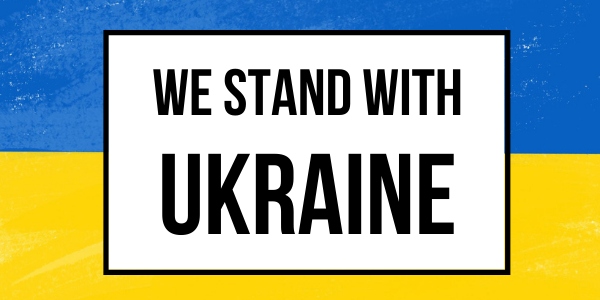Title:Why is it so hard to get a federal job? Here's one reason
Author:Lisa Rein / The Washington Post
Date:May 2016
Source:© Copyright, 2016 Stars and Stripes, reprinted with permission
Volume:Volume 3 Issue 118
Every federal agency has two groups of employees that hold the key to who gets hired: Those in the personnel office and those who carry out the agency's mission.
For the most part, these staffs don't collaborate as they should, and their broken relationship is a big reason that government has a lot of trouble identifying and hiring the most talented people.
Top Obama administration officials acknowledged Tuesday that the disconnect between hiring managers and human resources staff is so big, and has been for years, that experts are traveling to federal offices across the country in a campaign to get the groups to work together.
"Our priority is this: How do we compete for the top talent in the country?" Beth Cobert, acting director of the Office of Personnel Management said in a meeting with reporters to discuss a campaign called "Connecting with Top Talent," part of a broader effort to improve what many experience as a broken hiring process.
OPM officials said they are traveling to federal offices in 33 cities across 19 states to bring hiring officials and the subject experts they are tasked with helping into the same room for a day.
The problem is widely known by those inside and outside of government. Federal government job seekers feel like their resumes go into a black hole. Hiring can take months. The most talented people don't make the cut.
But now officials are acknowledging that the staffs that control the process get in each others' way, because of distrust and occasional power struggles over who is in control of hiring. Former Homeland Security personnel chief Jeffrey Neal, now a senior vice president for ICF International, took on the issue last week in his column on ChiefHRO.com, "Federal Hiring is Mission Critical. Is it Mission Capable?" Here's an excerpt:
"From the making of laws to the writing of regulations and on down to the structures and processes of operating offices around the government, federal HR is struggling and often failing.
Agencies have more tools than they think to recruit and hire for an increasing number of jobs without going through USAJobs, the government's main job board, officials said. The USAJobs site itself is going through its own gradual reinvention, with tweaks to smooth out the navigation and application process for the job seeker and a pilot program to make resumes and candidate profiles easily searchable for hiring staffs, who in turn can invite candidates to apply for openings.
The government also is reaching back to the days before the Internet to revive online testing as a tool to screen applicants for some jobs and to promote employees.
"We want to make sure hiring managers know that there is not just one way to fill a position," Kim Holden, OPM's deputy associate director for employee services, said.
Asked about the hiring preference given to veterans, a policy that is causing confusion and resentment among some former service members and non-veterans who apply as well as among hiring staff, Cobert said the problem is not the policy itself but a lack of coordination between hiring managers and human resources staff.
"The problem is the hiring manager-HR relationship," she said. "They need to find a better way to assess people, to say, 'What does it really take to do this job, and how do I make sure the person understands those qualifications?"
Raymond Limon, hiring chief at the Interior Department, said hiring and personnel staffs have the same goals. But they face different pressures. "The HR person speaks in acronyms and worries about following the rules, for example" he said, while subject matter experts think about the specific skills they need for the job.


